How about Kenyan AA coffee? Flavor and taste characteristics of Kenyan coffee beans
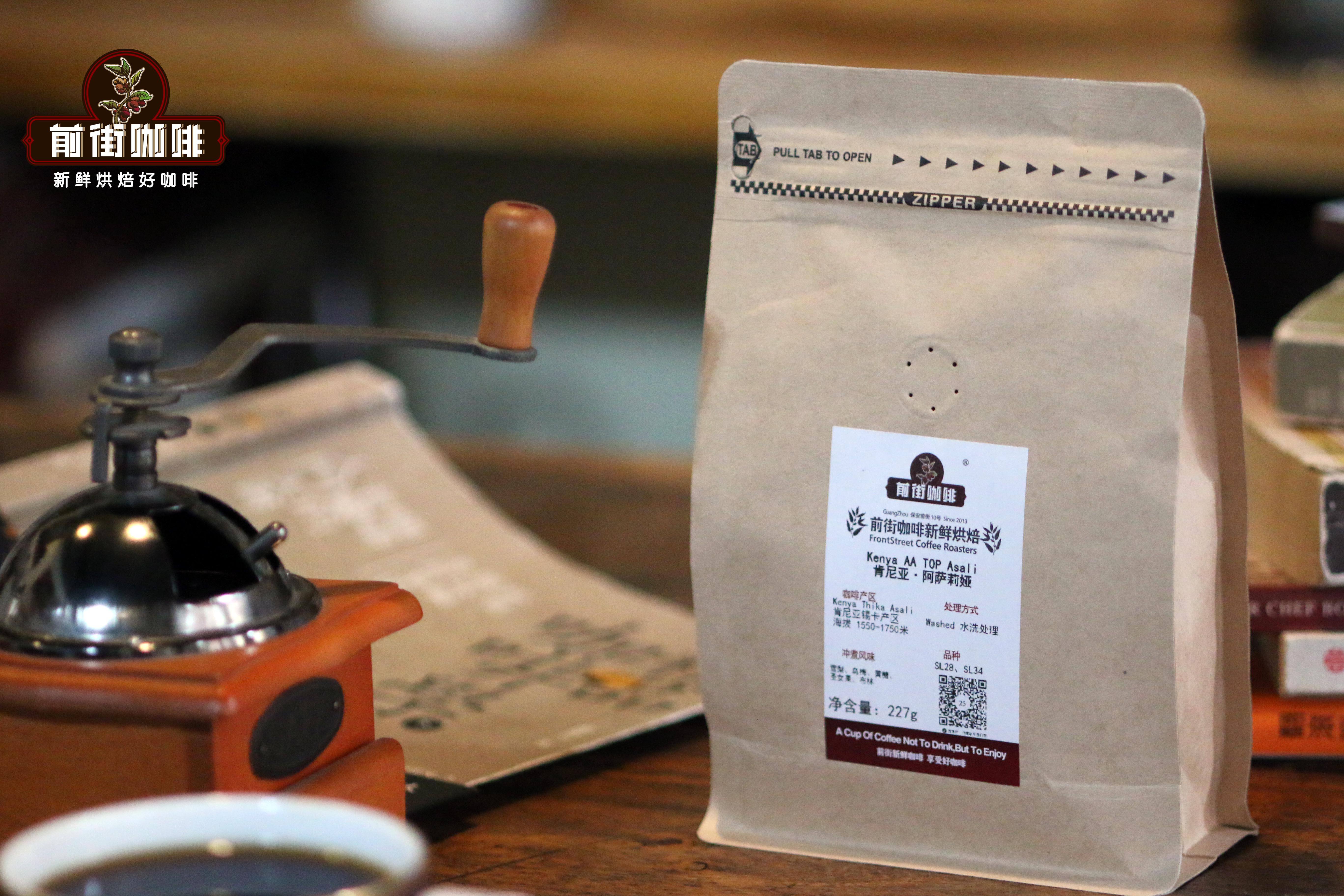
Kenyan AA coffee is one of the rare good coffees. It is famous for its strong aroma and balanced acidity and is loved by many foodies. It tastes perfect and balanced, and has an excellent and strong flavor, fresh and not overbearing, and is a complete but not heavy taste experience. The flavor of Kenyan AA coffee is both fresh and not overbearing, so it is definitely a complete but not heavy taste experience. For sour coffee lovers, Qianjie baristas will first recommend Kenyan AA coffee, which can taste the rich fruit flavor of small tomato, black brin and berry fruit.
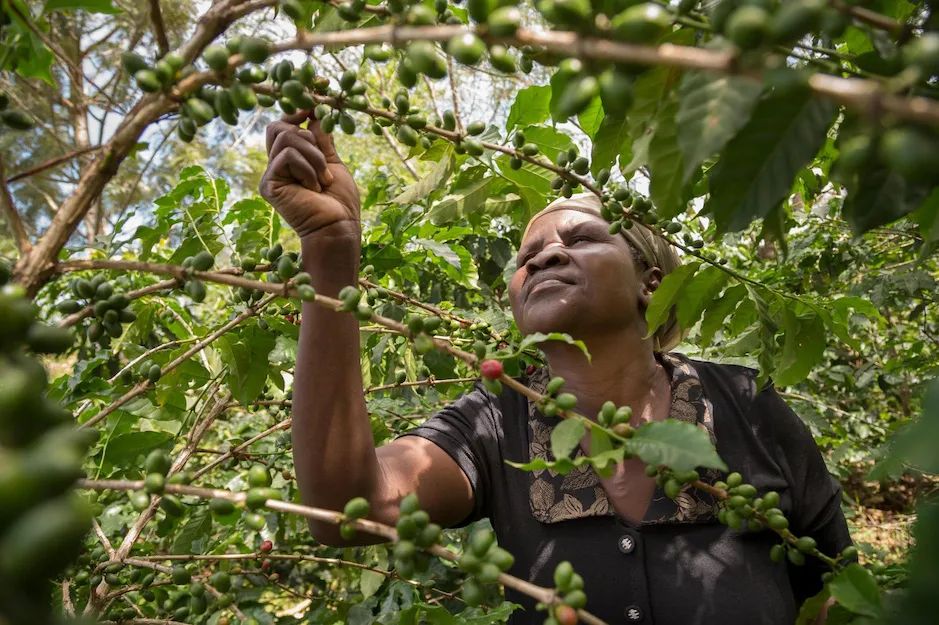
Most of Kenya's coffee trees are concentrated in the mountains from the capital Nairobi to Kenya, which is surrounded by volcanoes about 1600-2100 meters above sea level. This height is suitable for the development of coffee bean flavor, because the mountain temperature is lower, the growth is slower, coupled with the acidic planting soil, the pH value is between 5.3and 6.0. the aroma components of coffee beans are fully developed, the acidity is more obvious, and the texture is harder. This fertile moon-shaped coffee area is the main producing area of Kenyan boutique beans, including Neri Nyeri, Kirinyaga Kirinyaga, Mulanga Murang'an and Sika Thika.
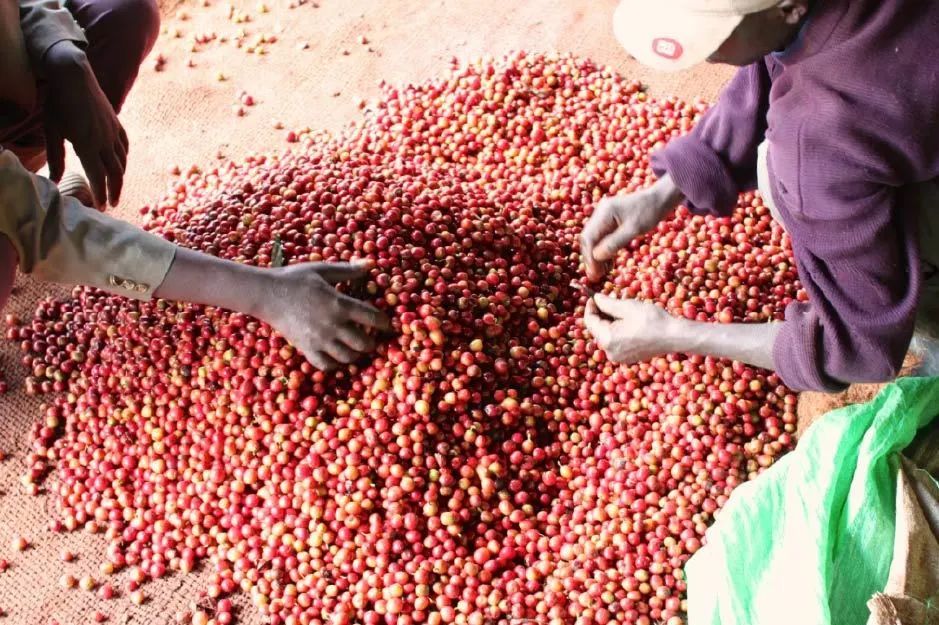
Coffee trees in Kenya can bloom twice a year. Most coffee trees bloom in March and April after the long rainy season, and in most coffee producing areas, the harvest season lasts from October to the end of the year. Some coffee trees blossom in October or November and are harvested in July of the following year. Kenyan coffee has always been picked by hand, and farmers harvest only red ripe coffee fruit, and each tree is picked again about every ten days or so. The purpose of picking all-red fruit is to ensure that the nutritional development of coffee beans is more complete and the flavor is fuller.
Friends who have bought Kenyan AA coffee beans on Qianjie should have noticed that the coffee varieties on the label on the package read SL28 and SL34, which are also the two most popular coffee varieties in Kenya. SL refers to the Scott laboratory in Kenya Scott Laboratories,20 in the 1930s, a large number of coffee berry disease broke out in Kenyan coffee trees, so Scott laboratory was entrusted by the government to cultivate new disease-resistant varieties. Among the research and development achievements, No. 28 and No. 34 have strong disease resistance and outstanding flavor. So farmers began to plant a wide range of two varieties. The SL series belongs to the bourbon family of coffee trees and shows excellent acid quality in Kenya. Through the cup test in Qianjie, we feel that SL28 and SL34 show a good sense of sweetness, balance and complex flavor, as well as remarkable characteristics of citrus and black plum.
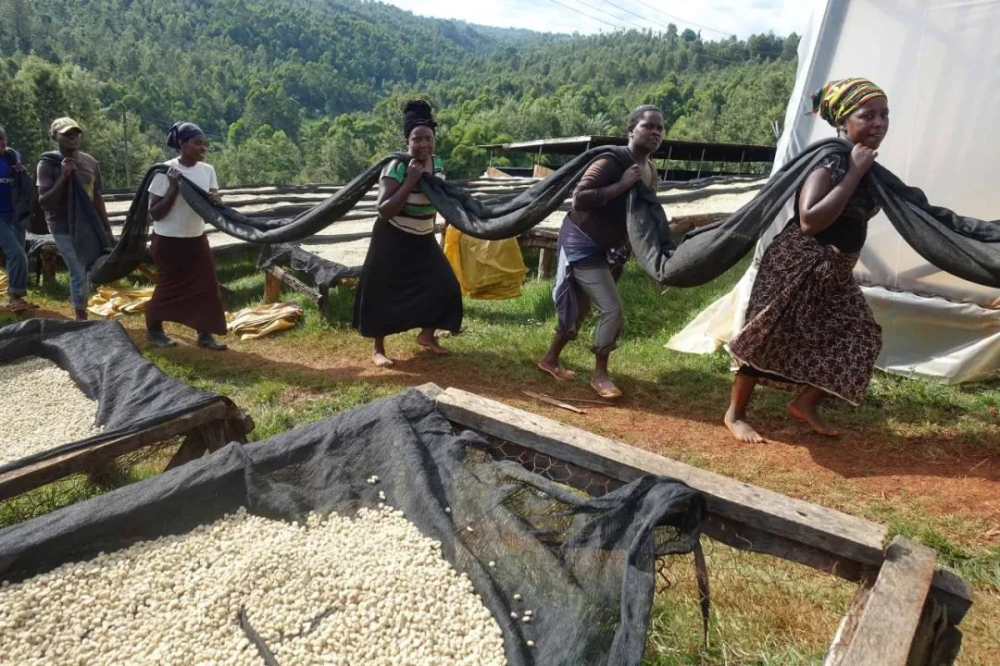
Kenyan coffee producers believe that beans with larger grains carry more aromatic oils, enhance the aroma of coffee, and are more conducive to uniform heating and the transformation of flavor substances in roasting. Therefore, the grading of Kenyan coffee beans is based on the classification standard of granules. It can be roughly divided into AA, AB, C, E, PB, TT, T, ML and MH, among which AA and AB are the most common in China. It is worth mentioning that PB (Peaberry round beans) is a classification of small round beans, usually produced at the end of coffee trees that bloom too late or too early, accounting for only 10% of the yield because of the scarcity of production. When round beans are specially collected, producers are likely to remove defective beans, reduce the proportion of defects, make the particles more consistent, make the roasting more uniform and improve the taste, so the round beans produced by the same coffee tree are more expensive than other Flat Bean.
Kenyan coffee shows a unique fruity flavor, in addition to the inherent planting advantages and coffee varieties, there is also Kenyan water washing treatment, also known as K72 water washing treatment. K72 washing process: harvest coffee cherry peeling fermentation, fermentation for 24 hours, rinse with water. Soak in water and ferment for 24 hours, then rinse with water, so repeat 3 times. In order to achieve 72 hours of strong fermentation. After such multiple fermentation and brushing, coffee beans show brighter and cleaner acidity in flavor.
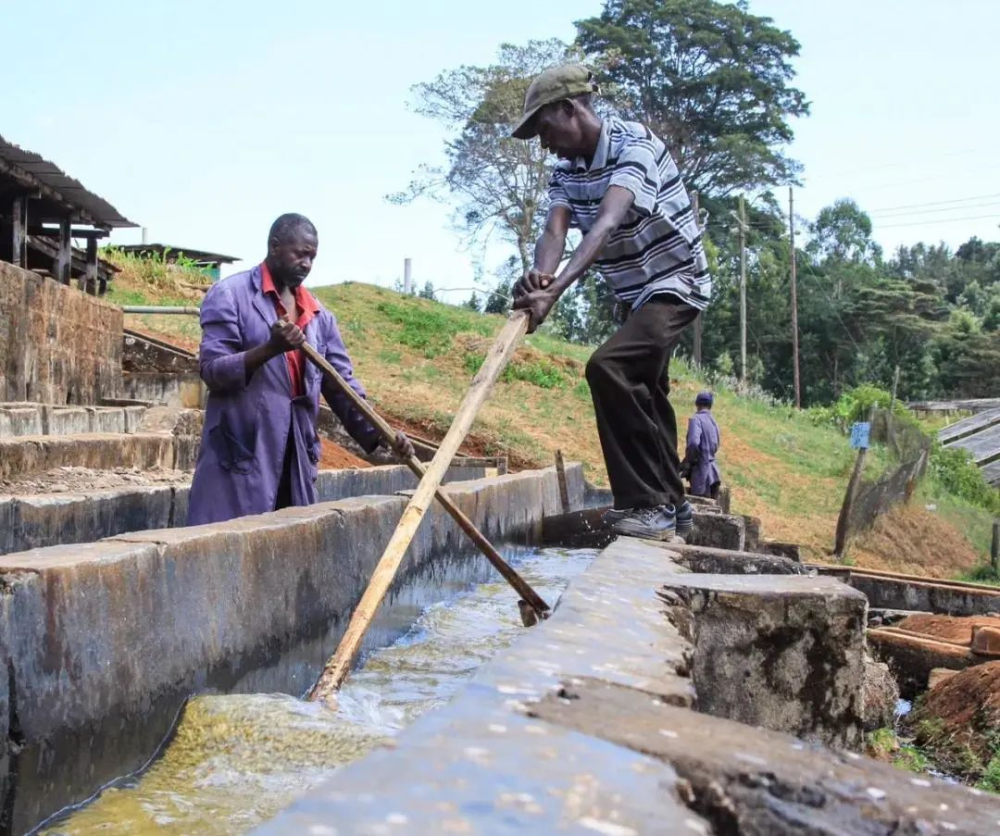
In the way of baking and brewing, Qianjie is also to continue the classic flavor characteristics of Kenyan coffee as much as possible, that is, solid and mellow acidity and full and complex aroma of flowers and fruits. Qianjie bakers use shallow roasting here. After baking, Qianjie carried out cup test and hand extraction respectively, and found that this coffee has obvious flavor of Sydney, Brin, virgin fruit, black plum and yellow sugar. Suitable for a variety of different ways of extraction, if you taste this Kenyan AA for the first time, Qianjie recommends hot hand flushing.
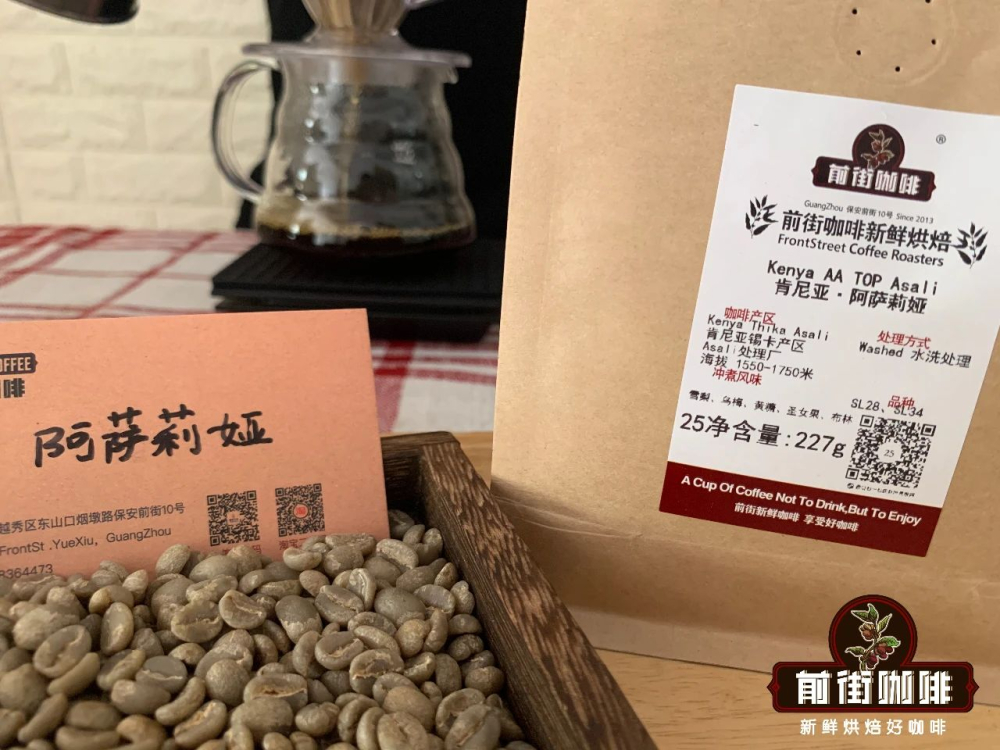
Front Street Coffee: Kenya Asalia Coffee beans
Producing area: Sika Thika, Kenya
Processing Plant: Asali Honey processing Plant altitude: 1550-1750 m Classification: AA TOP Variety: SL28,SL34 treatment: Kenya 72 hours washing
The suggestion of cooking in Qianjie
As the internal structure of light-roasted coffee beans at high altitude is relatively compact, higher water temperature and finer grinding are needed to better excite the aromatic substances during extraction. Here, Qianjie will be extracted with hot water of 92-93 degrees Celsius, and the grinded Qianjie will use a standard sieve 20 with a pass rate of 80%.
Filter cup: V60 water temperature: 92-93 degrees Celsius Powder: 15g Powder / Water ratio: 1:15 Grinding degree: fine sugar size EK43s- scale 10 (No. 20 sieve bowl sieve powder to 80%)
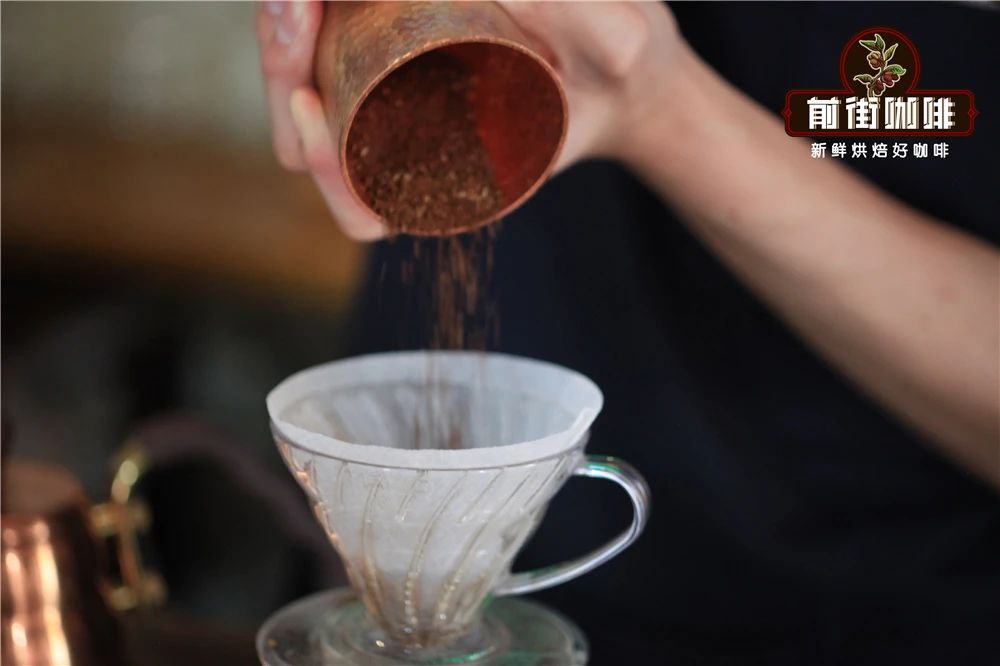
In the first stage, 30 grams of water is injected for 30 seconds, followed by 95 grams (about 125 grams indicated by the electronic scale). The injection is completed in about 1 minute, and the remaining 100 grams are injected at 3 places in the powder layer (about 225 grams shown by the electronic scale) in about 1 minute and 35 seconds. 2: 10 "trickling is completed, remove the filter cup and complete the extraction.
Professional coffee knowledge exchange more coffee bean information please follow the coffee workshop (Wechat official account cafe_style)
For more boutique coffee beans, please add private Qianjie coffee on Wechat. WeChat account: qjcoffeex
Important Notice :
前街咖啡 FrontStreet Coffee has moved to new addredd:
FrontStreet Coffee Address: 315,Donghua East Road,GuangZhou
Tel:020 38364473
- Prev
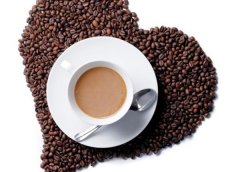
What is the meaning of Kenya PB coffee beans? flavor describes the planting history of growing areas.
For the exchange of professional baristas, please pay attention to the coffee workshop (Wechat official account cafe_style) PB (Peaberry beans) is special. Round beans (PB) are usually produced at the end of coffee trees that bloom too late or too early, accounting for only 10% of the output because the yield is rare. The round beans produced by the same coffee tree are more expensive than other flat beans (Flat Bean). Round beans are specially collected together.
- Next

What are the characteristics of Kenyan coffee beans? what is the cup test and cooking suggestion?
Professional baristas Please follow the coffee workshop (Wechat official account cafe_style) Coffee auction to ensure that farmers' interests are auctioned every Tuesday during the harvest month at the Coffee Exchange (Coffee Exchange) in the capital Nairobi. About 50 government-approved exporters in the country classify and grade coffee batches and send samples to foreign countries.
Related
- Detailed explanation of Jadeite planting Land in Panamanian Jadeite Manor introduction to the grading system of Jadeite competitive bidding, Red bid, Green bid and Rose Summer
- Story of Coffee planting in Brenka region of Costa Rica Stonehenge Manor anaerobic heavy honey treatment of flavor mouth
- What's on the barrel of Blue Mountain Coffee beans?
- Can American coffee also pull flowers? How to use hot American style to pull out a good-looking pattern?
- Can you make a cold extract with coffee beans? What is the right proportion for cold-extracted coffee formula?
- Indonesian PWN Gold Mandrine Coffee Origin Features Flavor How to Chong? Mandolin coffee is American.
- A brief introduction to the flavor characteristics of Brazilian yellow bourbon coffee beans
- What is the effect of different water quality on the flavor of cold-extracted coffee? What kind of water is best for brewing coffee?
- Why do you think of Rose Summer whenever you mention Panamanian coffee?
- Introduction to the characteristics of authentic blue mountain coffee bean producing areas? What is the CIB Coffee Authority in Jamaica?

